Photo by Allen Birnbach
The windows in the classroom where Graciela Gonzales ’11 teaches third grade at Lewis C. Greenlee Elementary look out onto Lipan Street, on Denver’s west side. In the mornings, she can see her students walking up to the brick-front school, most of them from the public housing a block to the north—the same projects where her own mother was born. South of Greenlee, a new mixed-income development towers over the neighborhood’s modest brick houses. The shiny windows of gentrification look like overdressed and unannounced houseguests to the Latino families who have lived there for generations, she says. Gonzales’s grandparents moved there with no money or English between them after leaving Colorado’s San Luis Valley. Today, the neighborhood’s newcomers are primarily recent immigrants from Somalia, whose children walk in groups to after-school programs when Greenlee lets out.
For all of its sense of community, Greenlee has a history of failing test scores and last year was on the brink of closing. Even so, Gonzales couldn’t imagine leaving. So much is wrapped up in that little neighborhood school in the heart of the city, from her own family history to her journey as an educator and activist. That journey started at Wellesley, she says, where the education department “helped give me a foundation for my sense of activism in this role.”
Given Wellesley’s motto and the long history of its education department, it should come as no surprise that the alumnae body includes vast numbers of educators like Gonzales. But how well do we understand the day-to-day realities of this critical work and the heart that goes into it? In the last 15 years, and particularly under No Child Left Behind, what teachers are expected to cover in school has only increased. “And at the same time, the school day has not gotten longer, and school funding in many places has been cut,” says Emily Richmond ’94, public editor of the Education Writers Association. “So they’re being asked to cut a thicker, warmer coat from a significantly thinner, smaller cloth.”
The challenges are compounded in urban school settings, where increasing numbers of children arrive at school with basic needs unmet: They’re hungry, without adequate sleep, or sometimes requiring basic medical attention, Richmond says. “It’s left up to the classroom teachers to triage and identify those students’ needs before they even start teaching. We are asking them to do incredible things, in a very compressed time period, under enormous challenges.”
When Gonzales was at Wellesley, “which is where it all began for me,” she says, she contemplated the depth of inequality in society and thought: “What is my contribution to social change going to be?” As this small sample of Wellesley educators demonstrates, to teach is often to face a range of societal issues every day in classrooms—from immigration to poverty to homelessness. In tackling these challenges, teachers embody the very best of sed ministrare spirit.
A decade ago, Norina Moskowitz Sfeir ’76 left her career as a stock and commodity trader on Wall Street for a teaching job eight miles west of the George Washington Bridge at Bergen County Technical High School. Soon after arriving, she designed a new four-year program for the vocational school, called Strategic Asset Management (SAM), that prepares students for careers in the financial-services sector. As early as her ninth-grade intro to business class, Sfeir teaches with Harvard Business School cases, transposing the rigor of master’s level coursework to the high-school classroom.
The SAM program examines how companies create value and how investors recognize it: Students progress from intro to business in ninth grade to Advanced Placement macroeconomics as sophomores, AP microeconomics and financial accounting in their junior year, then derivatives trading, investment analysis, and portfolio management as seniors. “I thought by creating this program that has all kinds of classes that you never, ever take in high school, it would be a way to make the students stand out to colleges,” she says. “And it did.” But that’s been only half the battle.
One of her students, for example, wanted to attend George Washington University in Washington, D.C. He had the chops, built his credentials, and landed a $30,000 scholarship. “But if the school costs $60,000, they’re not going to college,” Sfeir says. The bar went from helping her students get into college to helping them get in with full scholarships. Many of her students are recent immigrants from Albania, Macedonia, Pakistan, the Philippines, Russia, Poland, “everywhere you could think of,” she says. In an AP macro class of 14 students, 13 of them might speak a language other than English at home, she says. Most have no experience with the American college process, from start to finish.
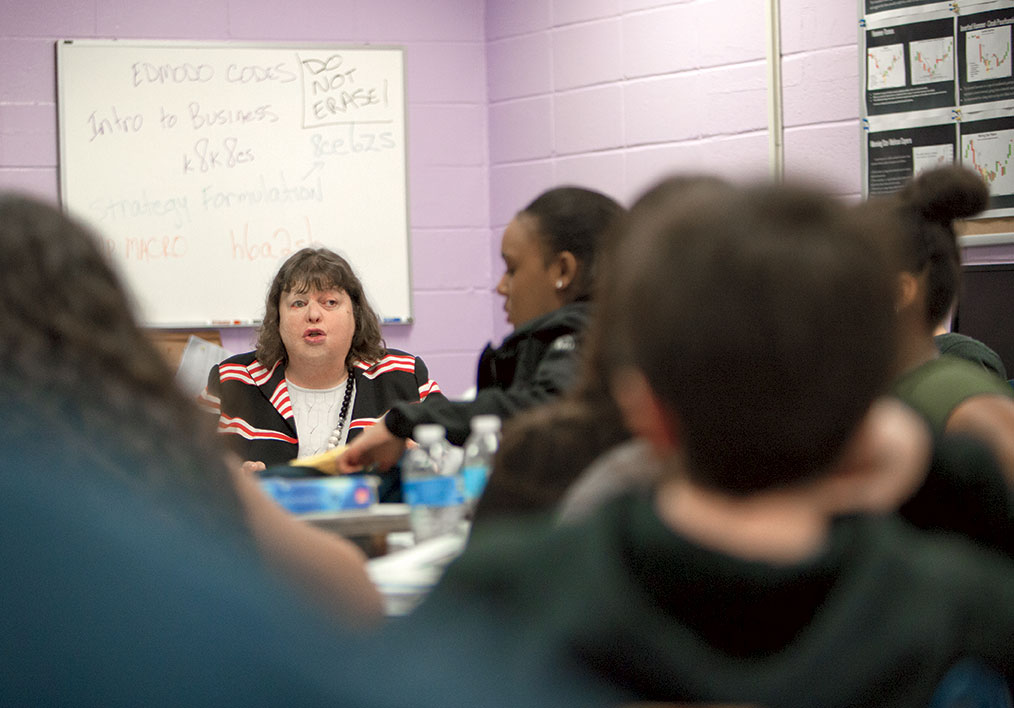
Photo by Amos Chan
Norina Moskowitz Sfeir ’76
Bergen County Technical High School, Teterboro, N.J.
It’s a dilemma Sfeir can identify with: She grew up with a mother from Morocco and a father who didn’t go to college. (She discovered Wellesley in a Barron’s book in the library.) “I didn’t know how to dream, or what kinds of schools there were, or how to prepare for them,” she says.
Her response has been to add rigor to the curriculum, hoping stronger preparation will yield scholarship funds. She teamed up with a local university so that students can earn college credit for their financial accounting course, for example. “In order to make the kids competitive, they have to have certain skill sets that you didn’t used to have,” she says, such as financial modeling, programming, or business analytics. “As advanced as our program is, the world is always changing and evolving, and if you want to keep your students at the forefront of things, you have to evolve with it.”
‘The world is always changing and evolving, and if you want to keep your students at the forefront of things, you have to evolve with it.’
—Norina Moskowitz Sfeir ’76
Staying at the forefront is a skill that Sfeir honed on the trading floor, of course, but it may also be an indelible character trait. In her first five years of teaching, she worked until midnight every night. She spends summers catching up on the reading she didn’t get to during the school year, to hedge against falling behind. One summer, at the beach in Rhode Island, a friend noticed Sfeir’s pile 20 books high of economics and business tomes—her beach reading. “My friend says, ‘Don’t you read anything good?’ And I said, ‘I don’t have time to read anything with adjectives.’”
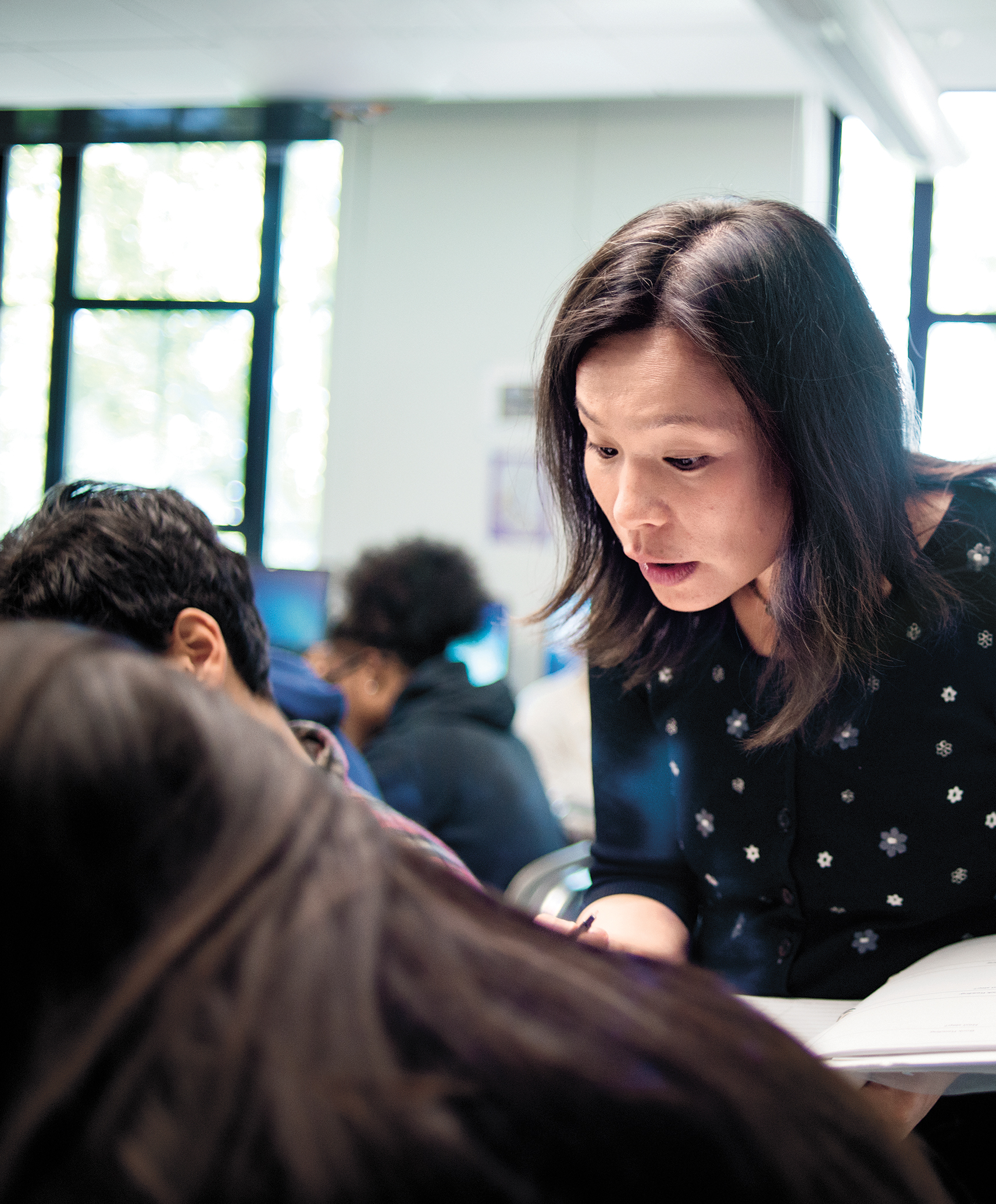
Photo by Jared Leeds
Michelle Li ’96
Cambridge Rindge and Latin School, Cambridge, Mass.
Michelle Li ’96 had been teaching English for 13 years before she joined Cambridge Rindge and Latin School (CRLS) in 2014–15. “We have one of the highest per-pupil expenditures in the state. It’s a beautiful facility with an amazing faculty in a very self-proclaimed progressive city,” Li says. It’s about the best that urban public education can offer. But right away she noticed something: When she walked the hallways and glanced in the classroom windows, it was clear which of three tracks a class was in—the lowest, CP (college prep); honors; or the highest, AP. “In other words, I could see that this must be a CP class because most of the students in it are black and brown. And by ‘most’ I mean 95 percent,” she says. “It disturbed me greatly.”
This realization woke Li up to the reality of racial inequity and “how certain students do not have access to the same education as others,” she says. In the lowest track at CRLS, for example, teachers often rely on “drill and kill” teaching, rooted in rote memorization and recitation, because of the emphasis on high-stakes testing. “So those students are being drilled and killed to death,” she says, which reinforces the whole cycle: “Students disengage because they’re not motivated, and that shapes identity, so they act up in class, then teachers say they don’t have the academic skills required to be in higher level classes.”
One way to address this inequity, Li says, is to build a teaching staff that reflects the diversity of the student body. At CRLS, about 39 percent of the student body identifies as white; 32 percent African-American; 13 percent Hispanic; 11 percent Asian; nearly 4 percent multiracial; and less than one percent Native American or Native Islander. About 22 percent of the teachers identify as people of color.
‘Students disengage because they’re not motivated, and that shapes identity, so they act up in class, then teachers say they don’t have the academic skills required to be in higher level classes.’
—Michelle Li ’96
Nationwide, students of color now comprise more than 50 percent of K–12 public school enrollments. But when most of the teaching force is white, “that sends a message to students about where they belong, how they might perceive themselves as scholars, thinkers, people who want to learn,” Li says. In response, she and a number of colleagues formed an affinity group for teachers of color at CRLS; one of their goals is to advocate for greater diversity among the staff.
Li’s activism reaches outside the CRLS campus, too. Last June, she helped organize the first Educators of Color Conference, which drew more than 200 teachers from New England, New York, and New Jersey. Through keynotes and workshops, attendees examined the history of disenfranchisement and discussed strategies to reach students of all backgrounds, “all kinds of really useful hands-on pedagogy and curriculum work—but also what do you need to know about surviving in this profession,” she says.
Within her own classroom, Li works to create an environment that respects the full diversity of her students. Traditional teaching methods—where everyone follows along in the same book, o-captain-my-captain style—“may or may not speak to what your students are interested in or be reflective of the diversity that’s out there.” Plus, very few high schoolers are active readers anymore, she says, a result of the many demands on their time. So Li offers students choice, in both writing and reading materials, to encourage engagement and motivation.
She teaches classes in all three tracks, so choices range from the classics to books by Walter Dean Myers or Tears of a Tiger by Sharon Draper. The greatest reward, Li says, is to see a student engrossed in a book for perhaps the first time. “To me it’s about engaging students of all different backgrounds,” and it’s an effort that “wraps nicely with my justice goals.”

Photo by Allen Birnbach
Graciela Gonzales ’11
Lewis C. Greenlee Elementary, Denver
Last year, the Denver public school district put a dozen schools, including Lewis C. Greenlee Elementary, on notice. Get it together, the district said, or face closure. Graciela Gonzales ’11 teaches third grade at Greenlee, a neighborhood school with a tough reputation on the city’s west side. To a community composed primarily of families who have either held out in the city’s last Latino stronghold or recently emigrated from Somalia, the news landed hard. “But a bigger story came out of it, as teachers, students, and parents came together to create a new vision for Greenlee,” Gonzales says, a vision tailored to their particular student body, not a cookie-cutter correction dictated by the district.
Greenlee had a history of failing test scores. “As educators, we all know that a lot more goes into those test scores than what they actually assess,” Gonzales says. Some of the obstacles her students face—homelessness, transience, poverty, hunger, trauma—come up every day in class, although they’re never on the test. So in the fall of 2015, when the community as a whole gathered to discuss the future they wanted for the children, the conversation went far beyond test scores. “It was the first time that everyone had been asked what they wanted,” Gonzales says, “and this traumatic moment turned into one of possibility.”
Those hopes and dreams informed Greenlee’s Possibility Plan. Unveiled in January 2016, it encourages students to “develop lifelong agency by becoming adaptable, well-balanced individuals who envision possibility in all environments.” Far beyond the district’s demands, the community decided that its students need a richer learning environment that allows for more complex ways of thinking and room for social and emotional development.
“For kids who have experienced trauma or are living in crisis, every situation feels life or death,” Gonzales says. “It’s as if they can’t come back from failure.” This presents a special challenge for educators, she says, because failure is a necessary step in learning. But how do you teach children to sit comfortably with failure in an era of high-stakes testing? Educators and parents acknowledge that passing test scores are important to the district, but teaching children to grow from their mistakes and to develop social and emotional coping strategies will be critical throughout their entire lives, she says.
‘What motivates me is just being someone who is actively working for social change every hour, every minute. My relationships with my students and their families and this community are what make that possible.’
—Graciela Gonzales ’11
Last year, the school embarked on its first field trip in recent history. The entire student body stepped away from classroom instruction for an afternoon to attend the ballet. “Seeing them experience live music or sit in a beautiful theater for the first time, it was learning at its most full,” Gonzales says. Other initiatives include a four-week kindness program that culminated in a quilt being created by the school community: Children illustrated each square with a representation of kindness. The principal also instituted new positive rewards to reintroduce a sense of pride in the neighborhood school. All of this contributes to an environment in which students are able to learn to work and play together, to resolve conflicts and share their ideas—critical goals in an urban public school setting, Gonzales says.
The changes seem to be having an impact in her third-grade classroom. “You see it when the kids are talking to each other, like when one apologizes for something they did on the playground,” she says. To hear the other child respond: “‘That’s OK, you’re just being a learner. Learners fail, but they pick themselves up and try again.’ That makes your heart full as a teacher,” Gonzales says.
Now in her fifth year of teaching, Gonzales says so much of her inspiration goes back to Wellesley. “Being a part of the education department was really important. It helped give me a foundation for my sense of activism in this role. What motivates me is just being someone who is actively working for social change every hour, every minute. My relationships with my students and their families and this community are what make that possible.”
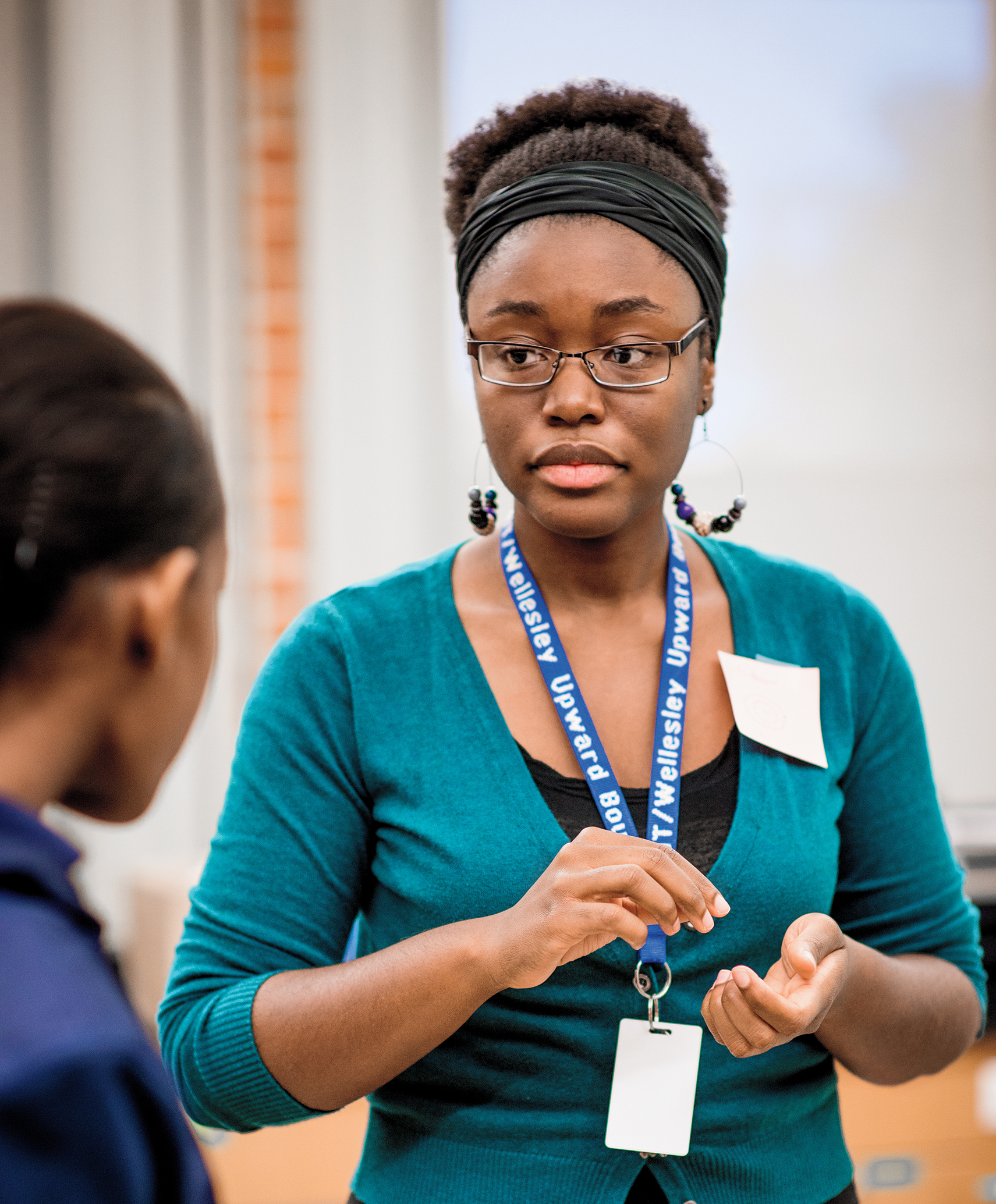
Photo by Jared Leeds
Victoria Boyd ’12
Prospect Hill Academy Charter School, Cambridge, Mass.
Victoria Boyd ’12 teaches 10th-grade chemistry at the Prospect Hill Academy Charter School in Cambridge, Mass. This year, her fourth, Boyd picked up a new class: Bese Saka, a character-development course for girls named after the Adinkra symbol of affluence, abundance, and unity. The West African concept of Bese Saka may sound a world away from Bunsen burners and beakers. “Well, it is and it isn’t,” Boyd says. Teaching character and chemistry are actually closely linked—as if by a covalent bond.
Many of the girls have gravitated to Bese Saka on their own, sometimes as a result of either academic or behavioral difficulties; the course is designed to help them on both fronts. Boyd’s class of 9th- and 10th-grade girls will write about historical figures, read about female protagonists, and analyze historical texts. While boosting critical thinking and academic skills, they’ll also work on the softer skills.
By high school, many of the girls at Prospect Hill, the majority of whom are students of color, are grappling with questions about how to express and assert themselves, or express their needs. The stereotype of teenagers as “angsty and angry and uncomfortable,” Boyd says, is an outgrowth of their expanding experience and awareness of the world. “And there’s a lot in this world to be angry about.” So developmentally, this is the time to engage them in thinking about how to respectfully engage with adults, have healthy relationships with their peers, express their own needs, and cope with emotions.
Those skills are as important in the chemistry lab as anywhere else. Boyd was inspired to teach chemistry because of its reputation for being inaccessible to certain populations. As the only African-American chemistry major in her class at Wellesley, she believes that high school is a particularly important time to engage students in the sciences. She aims to bring this science training, combined with the social and emotional work, to be “the teacher who’s not backing down and making you do hard work.” Students who have come to believe they’re not good at science will process that experience in different ways: getting frustrated or angry, not trying, or walking out, for example. “So it’s in helping them develop these social and emotional skills that we’re able to get to the hard work of chemistry,” she says.
‘They are born wanting to learn. But somewhere in the education process we don’t harness that. … to see that I’ve helped create an environment where kids can be the learners that they are, that’s amazing.’
—Victoria Boyd ’12
Getting the students to that point has been a growth process for Boyd, who says she’s had “a lot of hits but a lot of misses.” A strong streak of social justice keeps her inspired. To teach in the age-old way—where the teacher throws out the seeds, and the students either catch them or they don’t, as she says—is to reinforce “all the systems of privilege and oppression that exist, because you’re not engaging with the whole child.” Instead, Boyd says her role is to create a classroom where students are empowered to have a voice, where they can create knowledge and grow together as a community.
One day at the end of her first year, her chemistry students had finished up an experiment with time remaining on the clock. They asked if they could “mix some stuff up,” Boyd says. Seeing her students truly in their element and delighting in their experimentation brought her to tears. “They are born wanting to learn. But somewhere in the education process, we don’t harness that. So getting back to a moment where they’re just doing what they do, it was beautiful to watch. To see that I’ve helped create an environment where kids can be the learners that they are, that’s amazing.”
 Jennifer McFarland Flint is a writer in Concord, Mass., and a former associate editor at Wellesley.
Jennifer McFarland Flint is a writer in Concord, Mass., and a former associate editor at Wellesley.




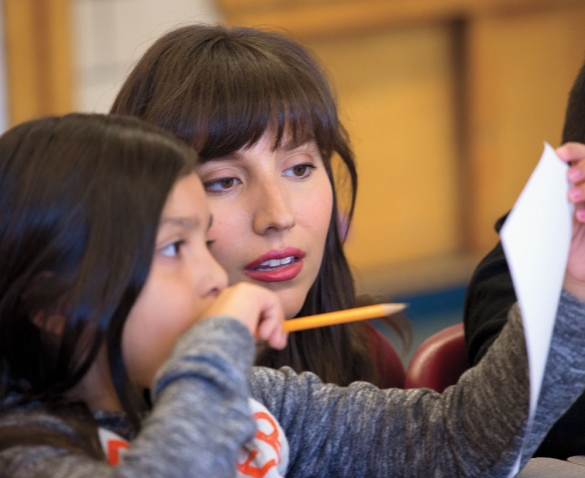




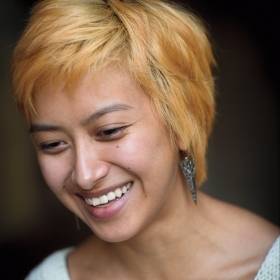
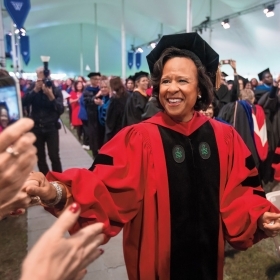

We ask that those who engage in Wellesley magazine's online community act with honesty, integrity, and respect. (Remember the honor code, alums?) We reserve the right to remove comments by impersonators or comments that are not civil and relevant to the subject at hand. By posting here, you are permitting Wellesley magazine to edit and republish your comment in all media. Please remember that all posts are public.